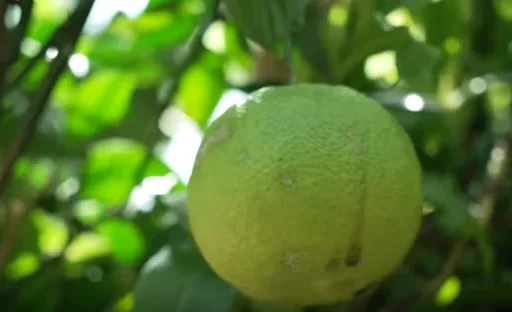Lettuce is a versatile and easy-to-grow vegetable that can be cultivated for fresh leaves or seeds to be used in future planting seasons. In this article, we will explore two simple methods to regrow lettuce from the leftover base. By following these steps, you’ll have fresh lettuce leaves in no time, and if desired, seeds for future gardening projects. Let’s dive into these techniques.
Method 1: Cutting the Lettuce Heart
The first method involves cutting the lettuce to regrow it from the heart. Follow these steps to get started:
- Cutting the Lettuce: Take a sharp knife and cut off the outer leaves of the lettuce. What remains is the core or heart of the lettuce, which is essential for regrowing. Ensure the cut is clean and remove any damaged leaves.
- Planting the Heart: The heart of the lettuce is where new growth will occur. Once the outer leaves are removed, place the remaining core in a container with a little water. The water should only touch the bottom centimeter of the lettuce heart. This minimal contact ensures that the lettuce can start growing without rotting.
- Water Maintenance: Change the water daily to prevent it from becoming cloudy or dirty. Clean water is crucial for healthy root development. Within a week, you will notice roots forming at the base of the lettuce heart, and new leaves will start sprouting.
- Transplanting: Once roots have developed, you can transfer the lettuce heart into soil. At this point, the new leaves will have grown large enough to begin harvesting, providing a continuous supply of fresh lettuce leaves.
Method 2: Regrowing with the Lettuce Leaves
The second method takes a little longer, but it also yields great results. Instead of using the lettuce heart alone, this method involves removing the outer leaves while leaving the inner growth intact.
- Leave the Inner Growth: When harvesting the lettuce, take all the outer leaves, but leave any small, undeveloped leaves or growth on the inner part of the lettuce heart. This ensures that the lettuce will continue to grow from its remaining center.
- Place in Water: Similar to the first method, place the remaining lettuce heart in a shallow dish of water. Keep the base of the lettuce submerged by just a centimeter in clean water, and ensure the environment is bright but not too cold.
- Daily Water Changes: As before, it’s essential to change the water daily to avoid any mold or rotting issues. Within a week, new roots will appear, and the inner leaves will begin to grow taller and greener.
- Planting in Soil: Once new growth is visible, transplant the lettuce heart into the soil. By providing it with a proper environment, you can continue harvesting leaves while allowing the plant to mature further.
Protecting Lettuce from Cold Weather
One challenge when growing lettuce, especially in cooler climates, is protecting it from frost or cold winds. Exposure to low temperatures can lead to “frost burns” on the leaves, which cause damage and stunt growth.
- Insulation and Protection: To prevent this, ensure that the lettuce is sheltered from cold drafts. You can use a simple cover or move the container indoors during cold nights.
- Nighttime Temperature: Be mindful of nighttime temperatures, especially in late fall and winter, as these are the times when cold damage is most likely to occur.

Monitoring Growth and Harvesting Seeds
Lettuce grows quickly, and with the right care, you can start harvesting leaves within weeks of planting. However, if you’re interested in collecting seeds for future planting, here’s how to do it:
- Allow the Lettuce to Flower: As the lettuce grows, it will eventually start to bolt, or produce a tall flower stalk. This is a signal that the plant is getting ready to produce seeds.
- Harvesting the Seeds: Once the flower stalks mature, you will see seed pods form. These pods contain seeds that can be collected, dried, and stored for future planting seasons. Just ensure that the lettuce is in a protected environment during this phase to avoid frost damage.
Final Thoughts
Growing lettuce at home is an easy and rewarding experience. By using leftover lettuce hearts and taking care of the plants, you can enjoy fresh leaves continuously. Whether you’re looking for new lettuce leaves or preparing for future harvests by collecting seeds, these simple methods will help you succeed in your home gardening efforts. Happy planting!





